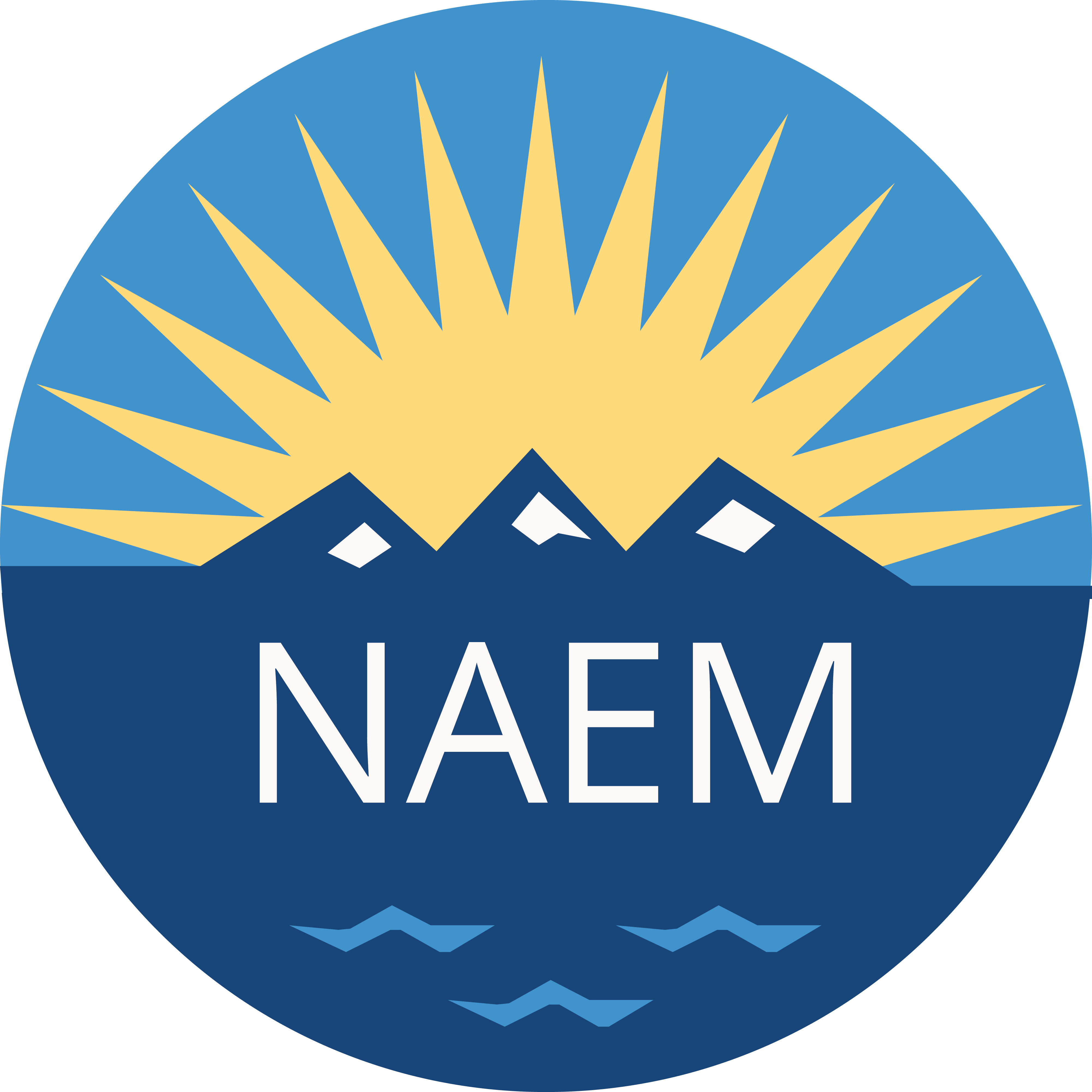Three Keys to Intel's Global Water Stewardship Program
By Fawn Bergen, Global Sustainability Program Manager; Intel Corp.
Next week I will be joining my peers at NAEM’s 2018 Sustainability Management Conference to share Intel’s story on a topic that I am really excited about – water stewardship. You may be asking why a technology company would be excited to talk about water. As we all know, water is critical to life on this planet, but you may not know that water is critical to the technology industry – from semiconductor manufacturing to data center cooling as well as office buildings (e.g., cooling towers, landscaping, restrooms, cafés, etc.). The technology that is part of nearly every aspect of our lives also depends on water. A significant challenge our industry faces is the water-intensive process of manufacturing semiconductors, which is driven not only by company growth but by the complexity of each new technology.
So how does one of the world’s largest technology company manage water? Through our multi-faceted water strategy that includes three main objectives:
- Conserve water used in our operations,
- Collaborate on water initiatives, and
- Create technology solutions to help others reinvent how they use water.
Conserve
We’ve invested more than $200 million in innovative water conservation practices in its global operations for the last two decades, saving about 60 billion gallons of water. During 2017, we saved about 3.5 billion gallons per year (BGY) of water and completed new water conservation projects estimated to save approximately 1.3 BGY. An example of a water conservation project completed in 2017 is a water reclamation project in Dalian, China. The reclaimed water will be used in several mechanical systems and is estimated to save 174 million gallons of fresh water per year.
Collaborate
Intel treats and returns approximately 80 percent of the water it uses back to municipal water treatment operations for community reuse or groundwater recharge. The remaining 20 percent is consumed through evaporation, landscaping irrigation, and waste streams. In 2017, we announced a new goal to close this gap in our water balance and restore 100 percent of our global water use by 2025. We are achieving this goal through partnerships with environmental groups to support a portfolio of projects that restore water to our local watersheds in amounts equivalent to what Intel consumes.
One example of a restoration project supported by Intel is Mountain Island Ranch, a 125,000 acre ranch along the Colorado River – the lifeline of the southwestern US. Trout Unlimited is working with the rancher to convert crops and implement irrigation improvements that are estimated to restore 142 million gallons of water each year to the River. To learn more about how we have achieved nearly 40% of our global goal over the last year, check out www.intel.com/water.
Create
Intel is developing smart technology that empowers others to reinvent the way they use and conserve water. One example of how Intel is driving this type of innovation is an IoT pilot project conducted in partnership with Vanasche Farm, a hazelnut farm in Oregon. The system tracks weather patterns and measures precise soil moisture at various locations across the farm with the goal of reducing water use by optimizing watering times.
I am very proud of the progress that we have made, but continuing to build momentum in this space will require new approaches and collaborative partnerships. Intel is committed to being part of the water solution through efficient water management within its operations, water stewardship and innovative partnerships, and leveraging Intel technology to help address the world’s water challenges. I look forward to connecting with many of you at the Sustainability Management Conference and collaborating on solutions to our shared water challenges.
About the Author
Fawn Bergen leads Intel’s global sustainability programs for water sustainability (conservation and stewardship) and carbon footprint. Fawn has worked in the environmental field for over 19 years with experience in environmental sustainability, compliance program management, strategy development, environmental permitting, regulatory interpretation, auditing and training.
Fawn has worked in the environmental field over 20 years with experience in environmental sustainability and compliance program management, environmental permitting, compliance management, regulatory interpretation, auditing, and training Her career has spanned multiple roles in the manufacturing and mining industries (AMCOL International and CEMEX Inc.) as well as environmental consulting (Koogler Associates, Golder Associates, and MACTEC/ESE).
Fawn has a Bachelor of Science in Environmental Engineering from the University of Florida Residing in Portland, Oregon, she enjoys the beautiful Pacific Northwest outdoors with her two children and husband.

